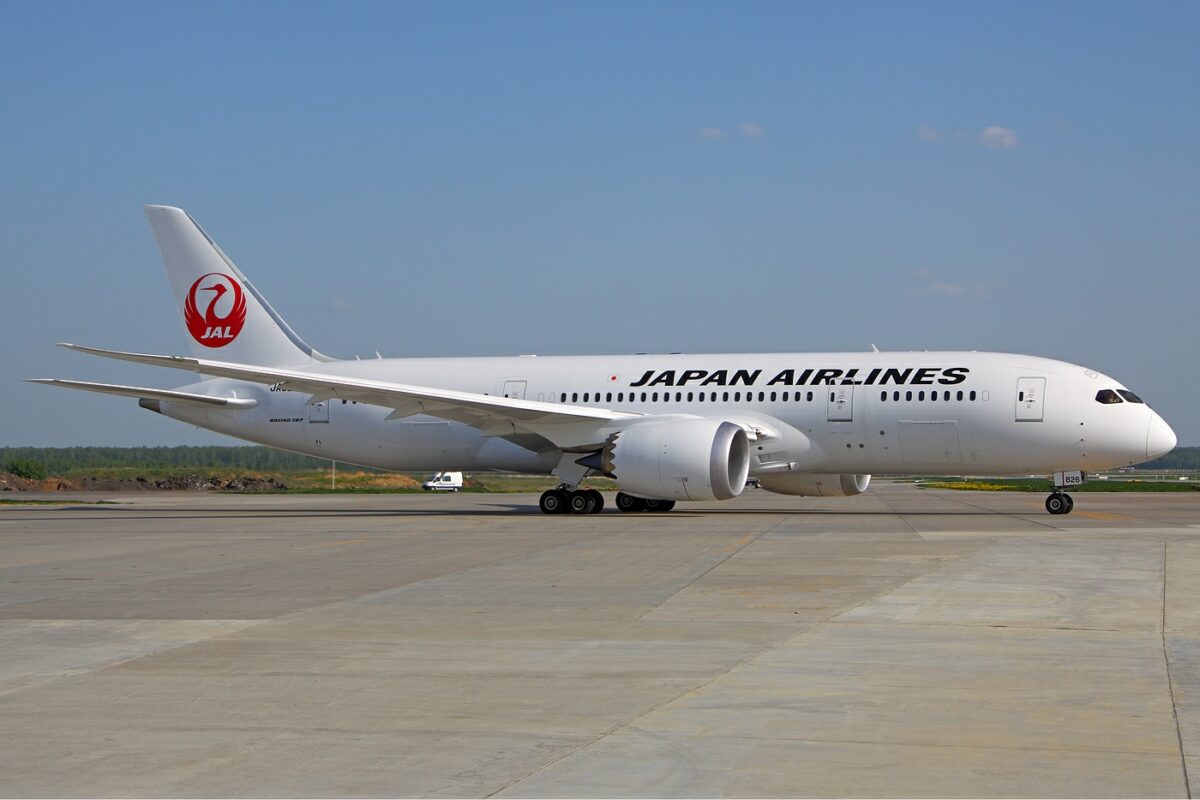Toray Taps Advanced Databases to Develop High-Tech CFRP

Toray Industries of Tokyo has developed a carbon fiber-reinforced plastic (CFRP) for advanced aerospace applications. The company leveraged materials informatics technology to swiftly achieve exceptional flame retardance and mechanical performance for the material.
Materials informatics is a technique to streamline materials development by combining machine learning, theoretical density, simulations and databases.
Toray will push forward with demonstration testing to broaden the material’s CFRP applications and demand to include aircraft, automobiles and general industrial use.
CFRP is reliable because it delivers high specific strength and specific modulus of elasticity and offers high fatigue and environmental resistance. Aerospace applications are expanding.
Although mechanically superior in some areas to metals, CFRP has some functional drawbacks. These include flame retardance and electrical conductivity. Additional materials and processes are thus necessary to offset this. Improving fire resistance is particularly desirable. The challenge has been that engineering and optimizing different flame retardance and mechanical properties entails huge amounts of experimental data. It has consequently been hard to slash development lead times.
As a part of its digital transformation initiatives, which draw on data and digital technologies to become more competitive, Toray deployed materials informatics in CFRP engineering and established a technology to develop materials swiftly by harnessing inverse problem analysis to refine materials designs based on the properties required.
The company used a self-organizing map that was deployed in joint research with Tohoku University, Sendai, Miyagi, Japan, as a tool for this analysis.
A self-organizing map is an analysis technique that clusters high-dimensional data using unsupervised machine learning and represents it in a lower-dimensional map to identify the essential structure hidden in the high-dimensional data.
Toray was thus able from a handful of experiments to identify suitable combinations from a range of materials groups to achieve the desired properties and develop a material that is flame-retardant and offers the right mechanical properties, successfully engineering a matrix resin for CFRP and quickly developing a prepreg, the intermediate material of the CFRP.
The prepreg provides the equivalent compressive strength, heat resistance and other mechanical properties as current aerospace materials. At the same time, it delivers a 35 percent lower heat-release rate, which is the rate of heat generated from fire, than those materials. Toray plans to apply inverse problem analysis to thermal conductivity, electrical conductivity and other elements to help engineer highly functional prepregs that meet diversifying needs in aircraft, automotive and general industrial components.
Some of Toray’s progress in this development effort was part of the Materials Integration for Revolutionary Design Systems of Structural Materials initiative launched by the Strategic Innovation Promotion Program of the Council for Science, Technology and Innovation, which the Japan Science and Technology Agency oversees.
